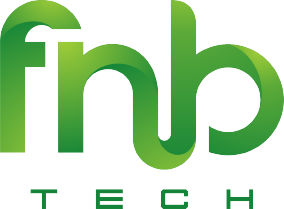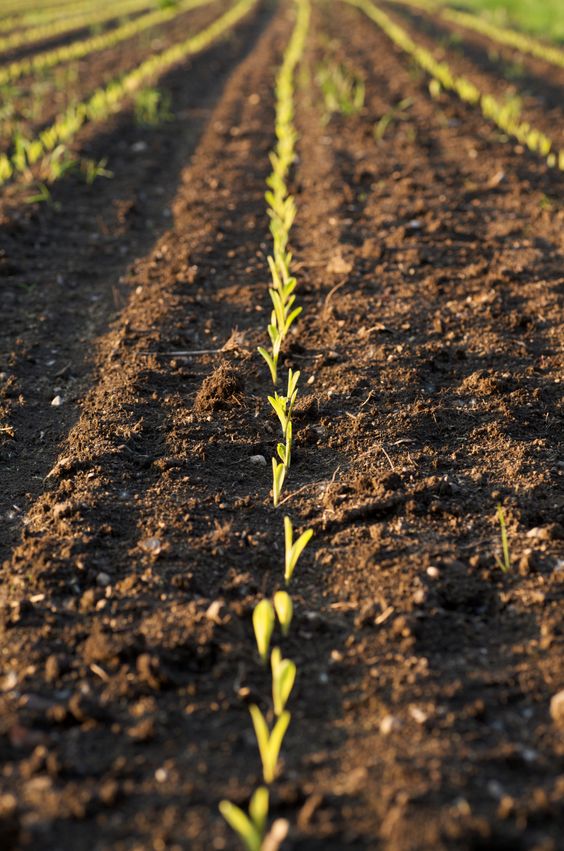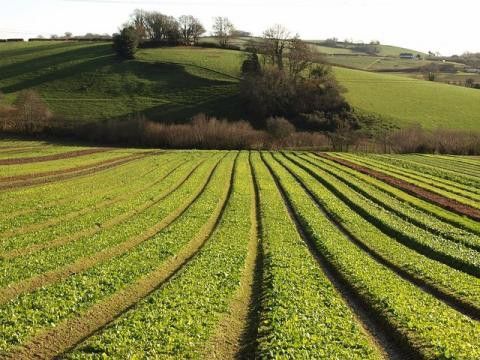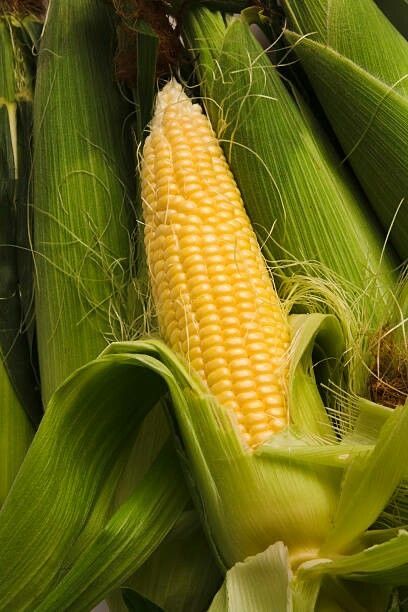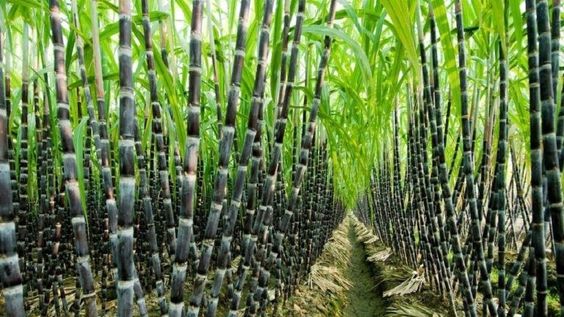Weather Wisdom agriculture 2.0: How Precision Forecasting Powers Smart Agriculture
Weather Wisdom agriculture,The dance between farmer and weather has been a defining element of agriculture since the dawn of civilization. Farmers have relied on traditional methods, observing cloud formations and wind patterns, to predict impending rain or scorching heat. However, the rise of Smart Agriculture brings a new era of weather forecasting – one that is precise, hyper-local, and integrated with data-driven decision-making.
This article delves into the world of weather forecasting for Smart Agriculture. We’ll explore how advanced weather models, combined with sensor technology and big data analytics, are revolutionizing the way farmers approach weather-related challenges.
Contents
The Challenges of Traditional Weather Wisdom agriculture
Traditional Weather Wisdom agriculture are often broad and regional, offering limited value to individual farms. Factors like microclimates, specific soil conditions, and elevation can significantly influence on-farm weather patterns. Additionally, traditional forecasts lack the granularity needed for making critical decisions like irrigation scheduling, pest control application, and harvest planning.
This lack of precise information leads to:
- Reduced efficacy of agricultural inputs: Farmers may over or under-irrigate, apply excessive pesticides due to imprecise forecasts of pest outbreaks, or miss optimal harvest windows due to inaccurate predictions of frost or heavy rain.
- Increased risk of crop loss: Unexpected weather events like hailstorms, sudden temperature drops, or flash floods can devastate crops when farmers lack timely and localized warnings.
- Inefficient resource management: Farmers may waste resources, such as water or energy, due to imprecise irrigation scheduling based on broad forecasts.
The Rise of Precision Weather Wisdom agriculture
Smart Weather Wisdom agriculture leverages technology to enhance every aspect of farm operations. Precision weather forecasting is a key element of this revolution, offering farmers a suite of tools to gain a deeper understanding of their unique microclimates and make informed decisions.
Here’s how Smart Agriculture empowers precision weather forecasting:
- Advanced Weather Models: Modern weather models incorporate sophisticated algorithms that account for local topography, historical weather patterns, and real-time data from weather stations and satellites. These models provide hyper-local forecasts with higher accuracy and granularity compared to traditional methods.
- Sensor Networks: Dense networks of sensors deployed across a farm collect real-time data on temperature, humidity, soil moisture, and wind speed. This data feeds back into the weather models, constantly refining their predictions and providing a detailed picture of on-farm conditions.
- Big Data Analytics: Smart Agriculture platforms gather data not only from weather models and farm sensors, but also from historical yield data, soil analysis reports, and market trends. This data is then analyzed by powerful algorithms, helping farmers anticipate weather-related risks and identify optimal strategies for each crop and growing season.
The Benefits of Weather Wisdom agriculture in Smart Agriculture
Weather Wisdom agriculture,By integrating weather forecasting with Smart Agriculture practices, farmers can reap significant benefits across various aspects of their operations:
- Optimized Irrigation: Precise knowledge of upcoming precipitation, combined with real-time soil moisture data, allows for efficient water usage. Farmers can irrigate only when necessary, reducing water waste and pump energy consumption.
- Improved Crop Protection: Hyper-local forecasting of pest outbreaks and disease proliferation allows for targeted application of pesticides and fungicides, minimizing costs and environmental impact.
- Enhanced Yield Potential: By anticipating weather events that can damage crops, farmers can take proactive measures like frost protection or windbreaks. This leads to improved crop health and increased yields.
- Reduced Risk Exposure: With timely and accurate weather warnings, farmers can prepare for potential hailstorms, floods, or strong winds by taking preventive measures like harvesting early or reinforcing structures.
- Data-Driven Decision Making: Integrating weather forecasts with other farm data allows for long-term planning and risk mitigation. Farmers can make informed decisions about crop selection, planting dates, and resource allocation based on anticipated weather patterns.
Putting Precision Weather Wisdom agriculture into Practice: Examples
Weather Wisdom agriculture,Let’s look at some concrete examples of how precision weather forecasting is impacting farm operations:
- Vineyards: Sensors monitoring soil moisture and weather forecasts can trigger automated irrigation systems, ensuring optimal moisture levels for grapevines without water waste. Additionally, frost warnings can activate sprinklers to coat the vines with a protective layer of ice and prevent frost damage.
- Orchard Management: High-resolution forecasts can predict the arrival of cold fronts that could damage delicate fruit blossoms. Farmers can use this information to apply protective sprays or delay pollination to minimize crop loss.
- Field Crops: Real-time wind speed and direction predictions help farmers optimize pesticide and fungicide application by minimizing spray drift that can affect neighboring crops or pollinate insects.
